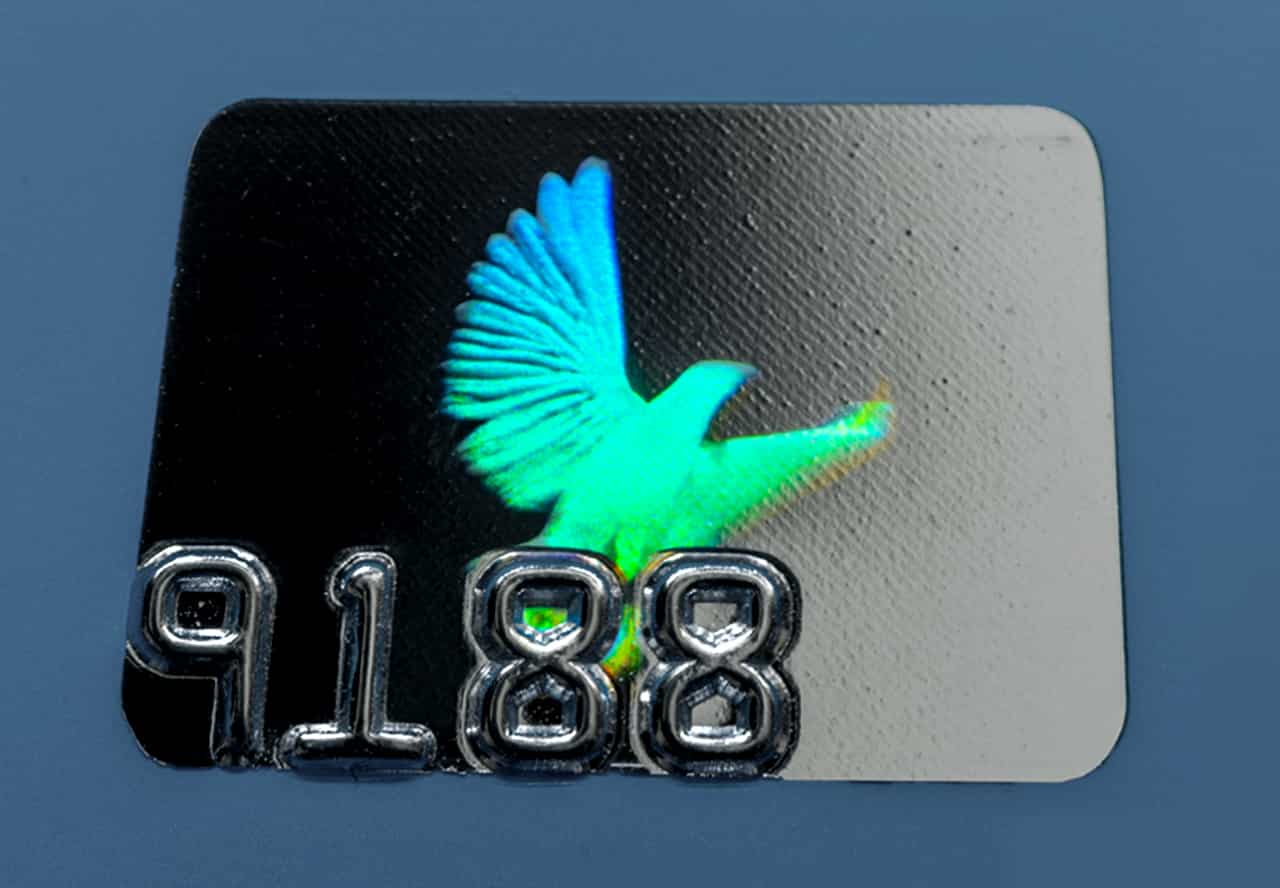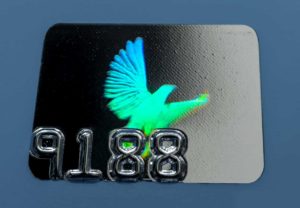What is it?
Decorative holograms are visible security features that try to reproduce three-dimensional structures on a two-dimensional surface. Very often, holograms use changing images and color shifts. They are used for instance on casino chips.
How do you detect it?
Hologram detection is performed with the naked eye and by following a prescribed process. The user must be properly trained to draw a reliable conclusion.
How does it work?
Holograms are created using a specific photographic process and lasers or a coherent light source. The authentication is a naked-eye process which involves observing the visual effect of tilting the hologram. The operator must also be aware of the lightning environment in order to maximize the effect.
What do we think about this technology?
Holograms are probably the best known of all authentication features. Unfortunately, cheap counterfeited holograms have been available for fractions of cents for several years. Indeed, there have been several cases where counterfeited products featured a hologram while the genuine one had none. It can therefore be used effectively only by experts who are able to tell the difference between genuine and counterfeited holograms. Moreover, supplying and applying holograms adds to the production cost. Finally, like all visible features, once you start putting them on your product, you must use them forever, or consumers may think that your product is a fake.
If the hologram is to be applied to a package or a label, then a Cryptoglyph® is much more secure, easier to deploy and easier to authenticate. If the hologram is to be put directly on the product, then the AlpVision Fingerprint® solution can replace it much more effectively.
Field of application
Packaging, security documents, banknotes, folding boxes, labels, documents, toys, garments and cosmetics.


